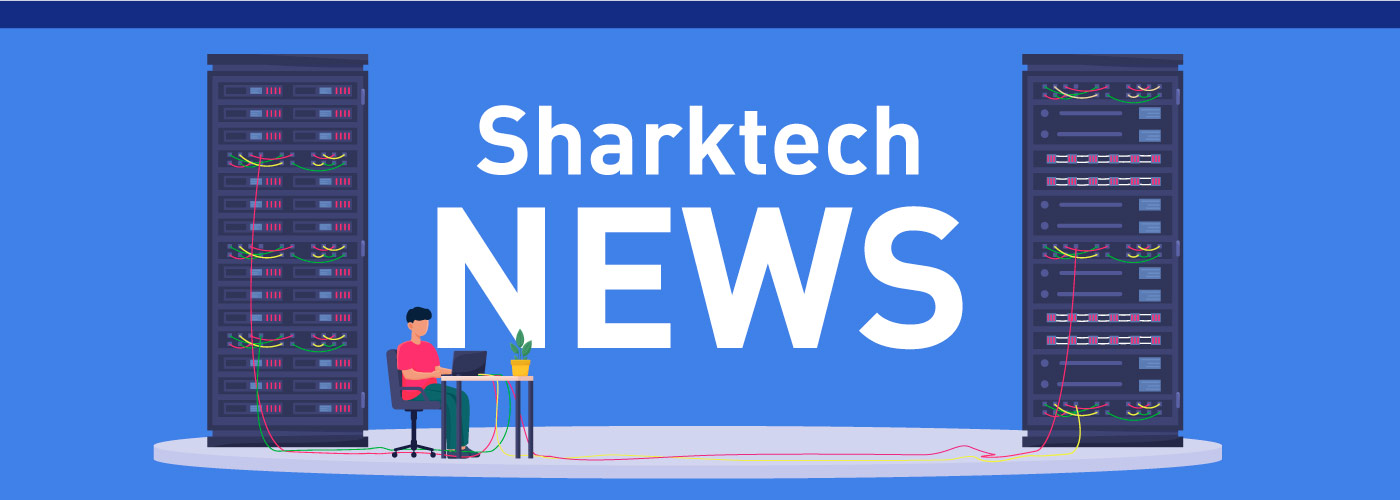The 95th percentile billing method is a common way to calculate bandwidth billing with colocation. If you don’t understand the 95th percentile billing method, don’t worry, you’re not alone. That’s common. Because it is an industry standard methodology for billing, it’s pretty important to completely understand it.
Ok, so what is it?
The 95th percentile method is a pricing schedule that can dynamically bill you based on your bandwidth needs and usage. Every 5 minutes, we measure (in bits per second) the rate of data transfer your server is using at that given moment. We drop the top 5% of our measurements, when your bandwidth usage was the highest. In a 30 day month (720 hours), this comes out to 36 hours of “bandwidth peaking forgiveness” per month.
For simplicity sake, let’s pretend we only measure every 432 minutes, which comes out to exactly 100 measurements per month. We’ll then sort those 100 measurements from greatest to least. Let’s say the chart on the left is the top few of those measurements. You would be billed for 17 Mbps because in 95 of the measurements, you were at or below 17 Mbps.
So what’s a bandwidth commitment and why do I need one?
A bandwidth commitment enables you to negotiate better pricing in exchange for giving us an accurate picture for how much bandwidth you plan on using or are willing to pay for even if you don’t use. The chart on the right shows our list prices for bandwidth.
Your bandwidth commitment allows us to accurately judge how much bandwidth capacity we’ll need. In exchange for a commitment, we offer reduced rates for purchasing more bandwidth. We bill bandwidth overages at your normal rate; if you commit to 5 Mbps and use 25 Mbps, you just pay for 25 Mbps at the 5Mbps rate. Alternatively, if you know you’re going to use that much bandwidth at let us know, it helps us out a lot – in exchange, we reduce the price to $2/mbps, which is mutually beneficial.
Water Analogy
Water bills are typically measured in gallons-used. Let’s pretend for a moment that the water company started measuring water usage in throughput using the 95th percentile method. Over the course of the next month, every hour on the hour the water company measures and records the gallons per minute used at that moment in time.
You and your twin, Herald, live in identical homes with identical yards and have identical water piping. You each own a sprinkler system for your yards and to keep the grass nice and green you like to run it once per day for 1 hour starting at 7:00 am.
Herald likes to shower while he’s getting ready for work and takes a 10 minute shower at 7am. You always shower in the evening at 7pm. You both always shower for exactly the same length of time. If you keep in this exact routine for the entire month, you’ll both use precisely the same amount of water. But whose water bill would be higher? Let’s take a look!
When the water company sends out the bill at the end of the month, Herald’s bill is higher. This is because Herald used more water when water was in high demand – he’s paying more because he’s using the water when the water piping is the most contested. You only paid for 500 gallons per second while Herald paid for 600 gallons per second.
I still don’t get it
That’s alright. Reach out to our sales team and we’d be happy to clarify. If you’re just looking for an estimation, 1Mbps ~= 324GB of data transfer per month.


More to Read
The OpenStack Public Cloud Complexity Problem (And Why It’s Costing You)
Choosing the right cloud platform today is akin to trying to pick a needle
Oct
Make Growth and Security Part of Your Public Cloud Management Strategy
Managing today’s cloud infrastructure is no longer just about spinning up servers or
Sep
Leading Cloud Service Providers Explained: Types, Benefits, and How to Choose
94% of businesses now use a cloud solution in some form. Whether it’s
Aug
What is Public Cloud? A Simple Guide For Businesses
What is public cloud? It’s a model of cloud computing where infrastructure and
Jul
What is Cloud Migration? A Practical Guide for Modern Businesses
What is cloud migration? It’s the process of moving digital assets—like data, applications,
Jul
Why Some Businesses Choose Self-Managed Cloud Instead
Cloud computing has revolutionized how businesses deploy, manage, and scale their digital infrastructure.
Apr